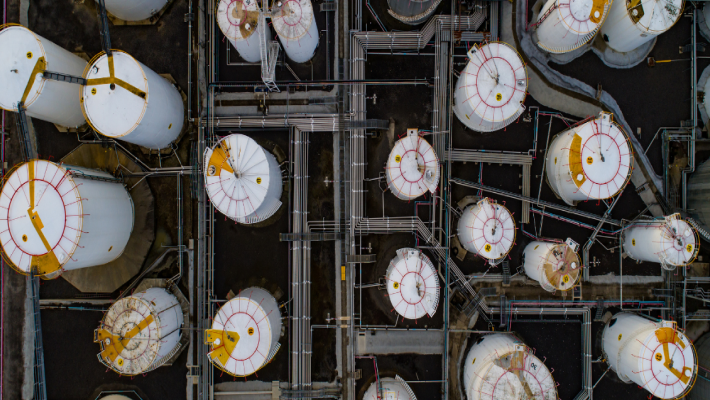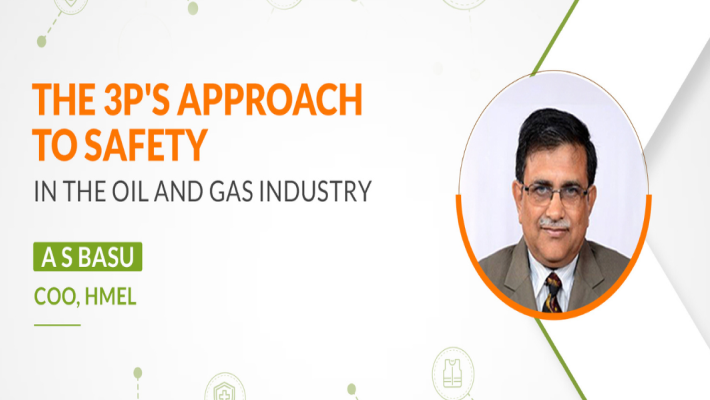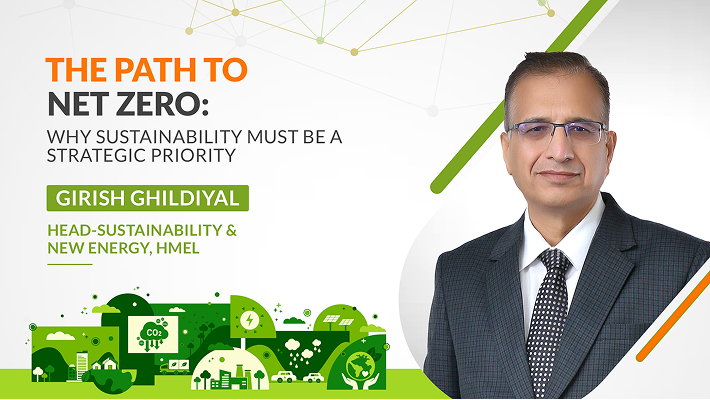The foundation of a strong nation in today’s era depends on how versatile its refineries are in using petrochemicals to the best advantage because petrochemicals have become the backbone of manufacturing, agriculture, healthcare, and many other sectors. In India, petrochemicals are a major factor in helping the nation become an economic superpower. It is estimated that the growth trajectory of this sector shall continue its upward trend owing to the shifting consumer preferences, innovations happening in this sector, and rise in consumer demand.
Let’s have a look at the trends and innovations happening in this sector:
- International Energy Agency reports say that petrochemical industry accounts will account for nearly 1/3rd of the growth in the oil demand by 2030, and this figure will be close to half by 2050, which will be more than that of the transportation sector.
- India’s chemical and petrochemical industry is expected to grow to about USD 300 billion by 2025.
- According to the estimates by the Ministry of Petroleum, the demand for petrochemicals is expected to triple by 2040 and touch USD 1 trillion.
- The increase in the demand for petrochemical products in developing countries like India is highly influenced by factors like increasing population, technological advancements, and enhanced awareness about the usage of these products.
- The initiatives by the government by launching campaigns like “Make In India” and “Atmanirbhar Bharat” have given a push to India’s petroleum industry because today, the government provides the necessary support for progress in this sector. Not only is the technical support provided, but the investments made by the government to give a boost to this sector have played a major role in the growth of the petroleum sector in India. In addition to these programmes, various other campaigns like National Petrochemical Policy in 2007, Hydrocarbon Vision 2030 in 2016, Skill India, 100% FDI in the petrochemical industry through automatic channel and Production Linked Incentive Scheme 2021 have given an unprecedented boost to this sector.
- India’s petroleum sector is projected to be one of the key economic drivers in comparison to China, US and the EU because plastic consumption in India is still 1/3rd of the global plastic consumption. In such a scenario, local oil companies in India (both public and private) have increased investments in the operations of petroleum refineries to cater to the demand so that dependence on imports is reduced.
- Various analysts have projected that India’s petroleum industry will grow at a CAGR of 9-10% in the next 2 decades if there is a dearth of 12-14 global petrochemical capacities to meet the increasing demand for petrochemical products.
- Availability of cheap resources in India coupled with a favorable geo-political scenario has given an impetus to global oil companies like ADNOC, BAS, Saudi Aramco, and many others to make investments in the petroleum sector in India.
- Investment in research and development in the petrochemical industry, development of new gas pipelines, improvement in the availability of feedstock, and expansion of the refining capacity in India have been the major thrust areas of the government. Various tax concessions on petrochemical products like polymers, synthetic fibers, and plastic have further added to the growth of the petrochemical industry.
Conclusion:
Given the pace at which the investments are happening in this sector and how the government is shaping its policies to give a push to petrochemical products, it comes as no surprise that India’s petrochemical sector provides lucrative opportunities to investors, and there is huge potential that stills needs to be tapped. HMEL is working towards creating a difference in India’s petrochemical industry by continuously creating products that are safe and drive the nation to become self-reliant.






 no updates
no updates